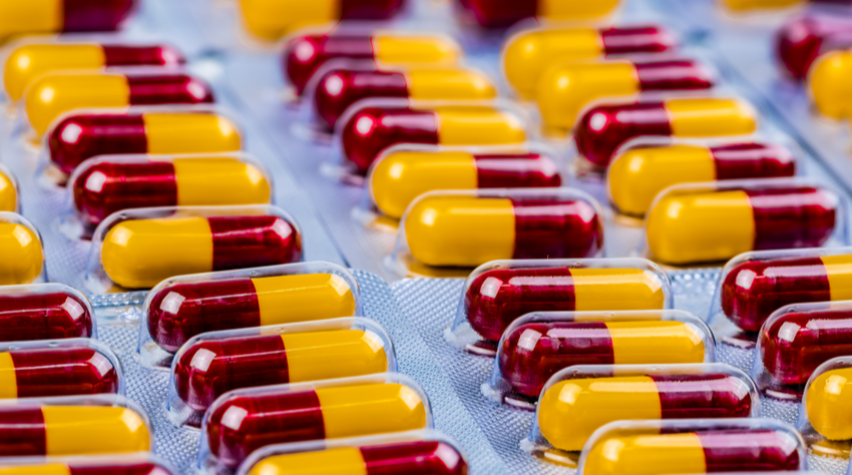
Superbugs, or antibiotic-resistant bacteria, are a lot like super villains: just when they seem to be eliminated, they emerge again. For example, even when antibiotic-resistant bacteria are destroyed, they sometimes leave behind traces of genetic material that can find its way into other bacteria, enabling other microbes to resist antibiotics as well. With this scenario in mind, researchers at Rice University's Brown School of Engineering have devised a new method for "trapping and zapping" antibiotic resistant genes, thanks to a novel technique that relies on nanotechnology.
Fighting problems lurking in water systems
The water systems that are meant to keep water safe can unfortunately turn out to sometimes be the breeding grounds for greater problems. Chlorination isn't always sufficient to kill bacteria, and even if chlorination is able to kill bacteria, the environment of a water system can provide an ideal environment for creating new strains of antibiotic-resistant bacteria. The genetic material that remains behind after bacteria are dead can become stabilized by clay in receiving environments and transform indigenous bacteria to resist antibiotics. That's where the team's work comes in.
Nanotech helps eliminate antibacterial resistance
A new technique devised by the researchers uses molecular-imprinted graphitic carbon nitride nanosheets to absorb and degrade genetic remnants in sewage system wastewater before they have the chance to invade and infect other bacteria.
The researchers targeted plasmid-encoded antibiotic-resistant genes (ARG) coding for New Delhi metallo-beta-lactamase 1 (NDM1), known to resist multiple drugs. When mixed in solution with the ARGs and exposed to ultraviolet light, the treated nanosheets proved 37 times better at destroying the genes than graphitic carbon nitride alone.
While the researchers say they have additional work to perfect their technique, their work is an important step in keeping water sources safe and battling antibacterial resistance.
Learn more
To learn more about the details of how this process works, see the scientists' news release as well as their published findings.


